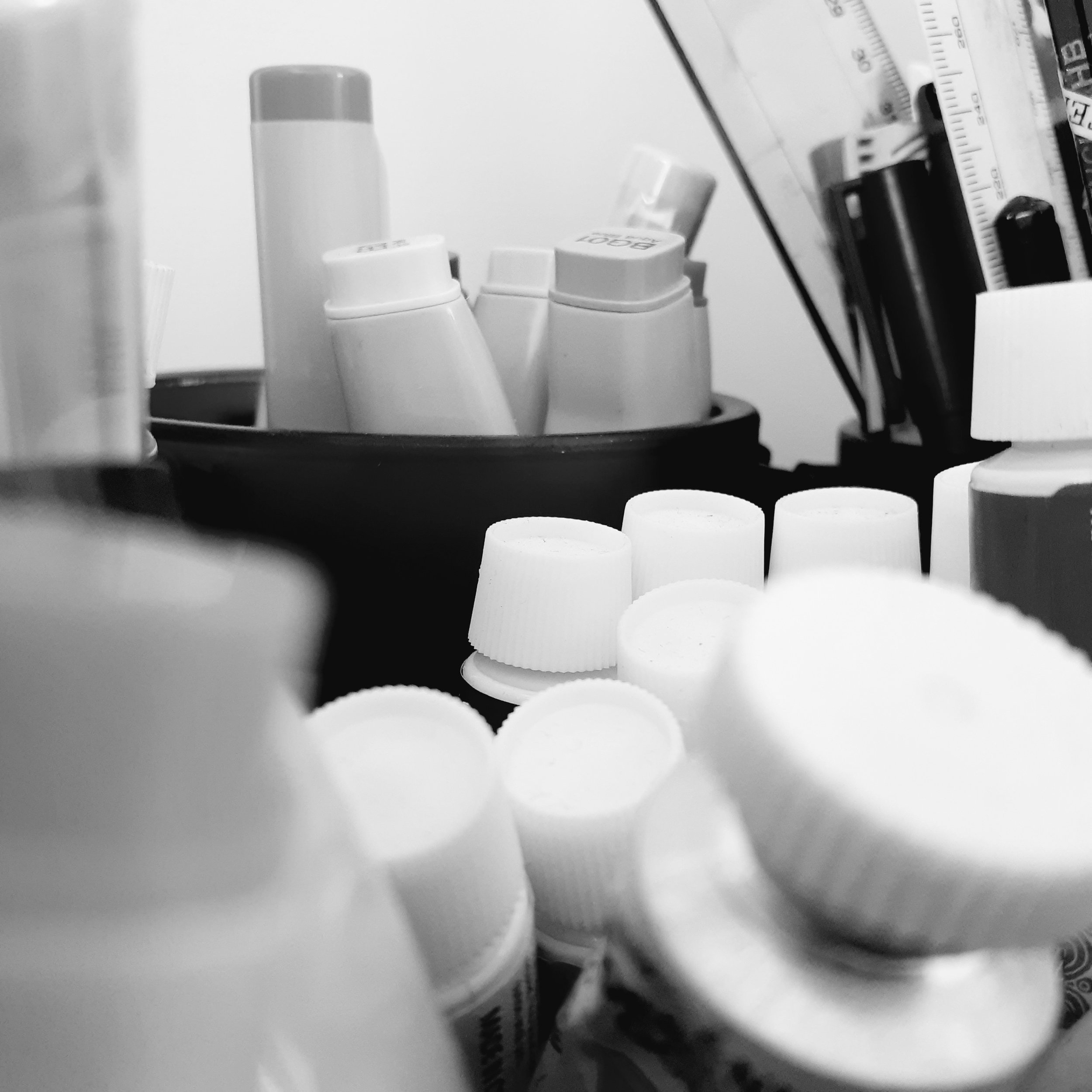7 More Marker tips. Because I'm obsessed with Alcohol markers I'm giving you 7 more tips to help conquer the obstacles.
Swatch your colours before you start and plan your pallet. Creating a swatch by testing your colours on paper will help you have a clear idea of which colours suit the drawing best and how you might use your markers as you work through your illustration. A swatch also creates a list of colours to reference as you work through the drawing, drawings can often take time and involve a range of colors so a checklist of colours can eliminate confusion and mistakes.
Transitional colours can be used to blend colours and create a cleaner colour change without large steps in colour. Think about using a green to assist in blending a yellow to a blue or try a purple to help with a seemless blend from pink to blue.
Use cross hatching or multidirectional approach when colour blocking large areas. Lay the first layer down working in one direction and then lay the second layer down working in the opposite direction, this will give you a more even coverage of colour and a professional finish.
Colourless blenders can be used to soften edges, correct minor mistakes and to add texture/pattern to a block of colour. I very rarely use it to actually blend, my colourless blender is also great for creating liter patches/ taking away small spots of colour to create highlights.
Don’t be afraid to use other mediums with alcohol markers. Pencils/ water colour pencils and gouache work really well when layered over alcohol marker. Layering markers with other mediums requires an understanding of how each medium works in order to get the best out of your layering and mixing but can produce unique results.
Try a grey pencil or super fine black pen to clean up your lines and add extra definition. A grey line can offer a softer outline than a thick black pen allowing you to create a more realistic illustration while still creating definition.
While markers can be tricky to get used to these tips should help to increase marker confidence and also help to eliminate marker mistakes. Enjoy!







